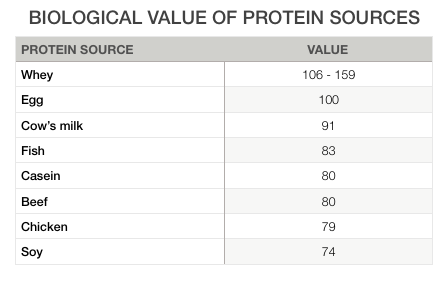Sports Medicine: Whey Protein and Anabolism
At Dr. Mead’s practice we know who important is for athletes to learn and understand nutrition and how it affects their performance. Following that idea, we want to discuss about protein and particularly whey protein. First of all, protein is an organic compound composed of carbon, hydrogen, oxygen and nitrogen. One of the main functions of protein it to synthesize structural proteins like muscle. Protein is also responsible for synthesizing structural hormones like insulin, growth hormone and Insulin Growth Factor I. These are anabolic hormones that can influence many functions in the body, including muscle growth, recovery, strength and absorption of nutrients into your muscle cells. Your body uses protein to make structural and biochemical reactions that are required for muscle contraction, cardiovascular function and immunity from disease, just to name a few.
Whey Protein
Whey was once a by-product that was discarded by dairy farmers. For the last decade, though, whey has become the number-one protein of choice. Whey is very important for an athlete attempting to enhance their strength. To understand whey’s importance, check to the Biological Value Scale below, which was developed to measure the quality of specific proteins. It rates just how efficiently your body uses a specific protein source. The higher the biological value, the more amino acids and nitrogen your body is retaining from the food you eat. This translates into the potential for quality muscle growth and strength. Egg whites used to be at the top of the biological chain with a rated score of 100. Whey rates at 106 to 159. Not only is more Nitrogen retained in the body with whey, it also enters the bloodstream much faster than other sources. Thus, the body can receive nutrients as fast as possible after strenuous training for full recovery and growth potential to be achieved. After a workout your muscles need amino acids to increase anabolism and prevent breakdowns. Whey is also high in branched-chain amino acids as well as glutamine.
Whey is known as the anabolic protein since it increases protein synthesis with a greater efficiency than other sources. There are three different types of whey proteins: whey concentrate, whey isolate and whey hydrolysate. Concentrate is between 50% and 80% proteins. The isolated version separates whey from lactose, ash, fats and carbohydrates so that you receive 90% to 97% protein. The best types are either ion-exchange or cross-flow micro-filtered whey isolate. The hydrolysate is partially digested and is already broken down into di- and trip- peptides before it hits your stomach. It will then enter the bloodstream quickly.
Orthopedic Corner | Leon Mead MD Orthopedic Doctor | 730 Goodlette Road North, Suite 201 Naples Florida 34102 | Phone: (239) 262-1119


